Sometimes we need to remind ourselves how lucky we are to be living in California. We have it all: beaches, mountains, volcanoes, coastal forests, and a host of natural wonders — the world’s tallest and largest trees; the country’s highest peak, tallest waterfalls, and largest alpine lake; and even the continent’s deepest submarine canyon. So consider this a wake-up call to everyone who loves the outdoors but has yet to explore all of The 7 Natural Wonders of California.
Featured Photo: Courtesy of Jeremy Banks
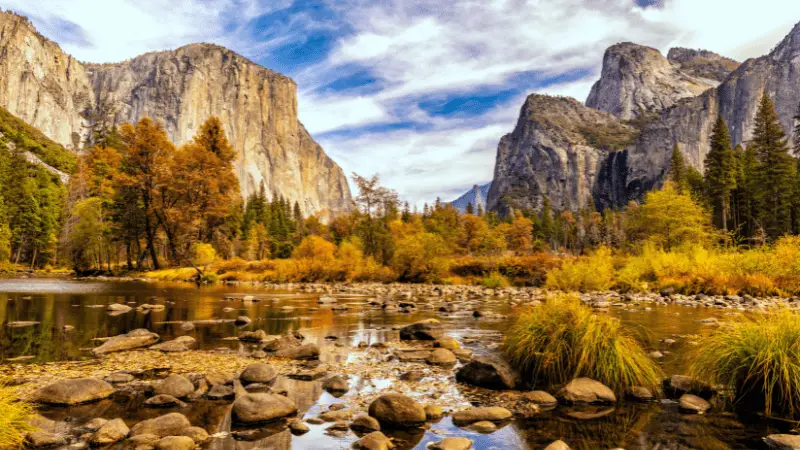
Yosemite Valley
It always amazes me to meet people who’ve lived in California for years and have never been to Yosemite Valley. This is a wonderland of record-setting statistics: the highest waterfall in North America and three of the world’s 10 tallest waterfalls (Upper Yosemite Fall, Ribbon Fall, and Sentinel Fall); the tallest and largest single granite monolith in the world (El Capitan); and the world’s most recognizable mountain (Half Dome). But trying to explain the majesty of Yosemite Valley in words is impossible; you simply must experience it firsthand. However, try to visit Yosemite Valley on a weekday — it’s unbearably overcrowded on summer weekends.
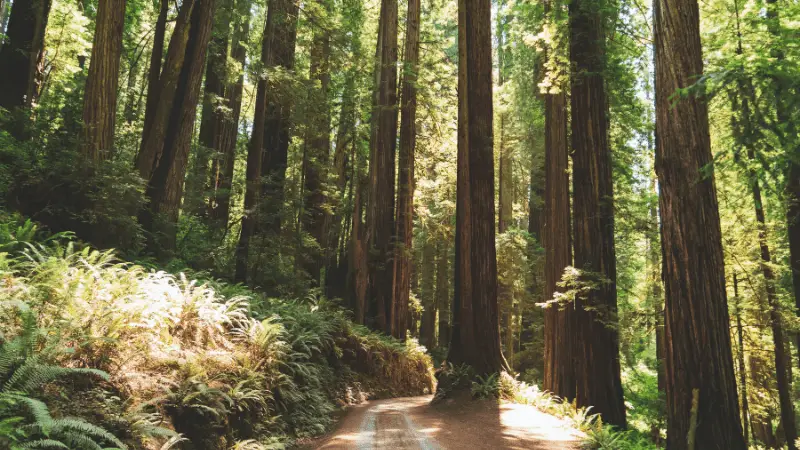
Tall Trees Grove, Redwood National Forest
Did you know that California is home to the tallest living things in the world? It’s true. In fact, it’s difficult to explain the feeling you get walking among the ancient trees within Redwood National Park’s Tall Trees Grove. It’s all so incredibly beautiful and spiritually moving that one can see why people are willing to chain themselves to these trees to protect what little remains of this natural wonder of the world. Bring a blanket and picnic basket when you visit, because you’ll want to spend all day here exploring the forest, relaxing under the sun-streaked canopy, and watching river otters play in the emerald-green Smith River (I do it every year).
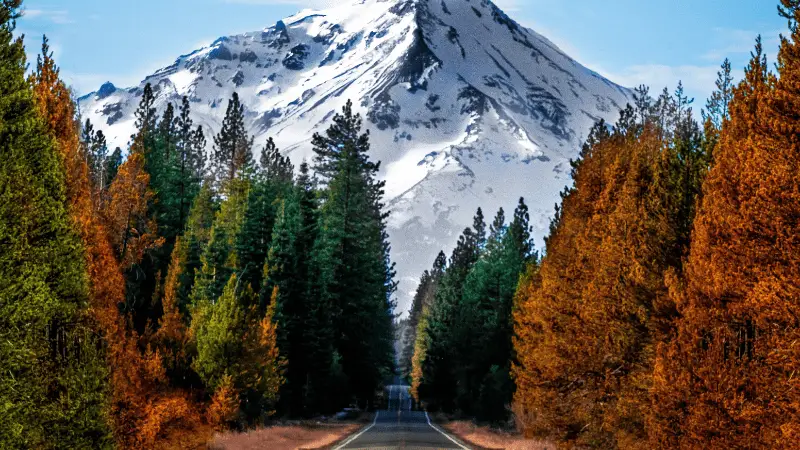
Mount Shasta
Chances are, your first glimpse of Mount Shasta’s majestic, snowcapped peak will result in a twang of awe. A dormant volcano with a 17-mile-diameter base, it stands in virtual isolation 14,162 feet above the sea — towering peak of legend and lore, always snowcapped, unshadowed by other mountains, and visible from up to 125 miles away. Although Mount Shasta has been dormant since 1786, eruptions can’t be ruled out, and hot sulfur springs bubble at the summit. In fact, many New Agers are convinced that Mount Shasta is the center of an incredible energy vortex. You can hike to the summit — I recommend hiring a guide if it’s your first time — but those who aren’t up for a strenuous climb can drive up to Bunny Flat and take the easy Overlook Loop Trail. Either way the views of the valley below are incredible.
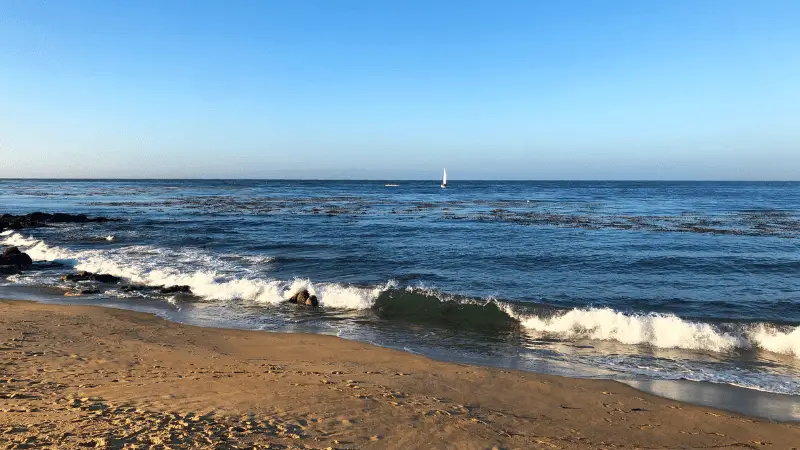
Monterey Bay
Not all of California’s natural wonders are above sea level. Right off the coast of Monterey is an oceanic phenomenon: The Monterey Canyon — the largest and deepest submarine canyon off the Pacific coast of North America, reaching depths of up to two miles deep. Because of upwelling that occurs, creatures from the deep are constantly emerging to the surface, which in turn attracts hungry dolphins, whales, orcas, sea otters, and huge flocks of birds. As a scuba instructor I’ve seen a lot of marine life, but nothing compares to the hundreds of truly bizarre deep-water creatures I’ve spotted swimming around Monterey Bay. You don’t even need a scuba license to spot them — just rent a sea kayak and look down.
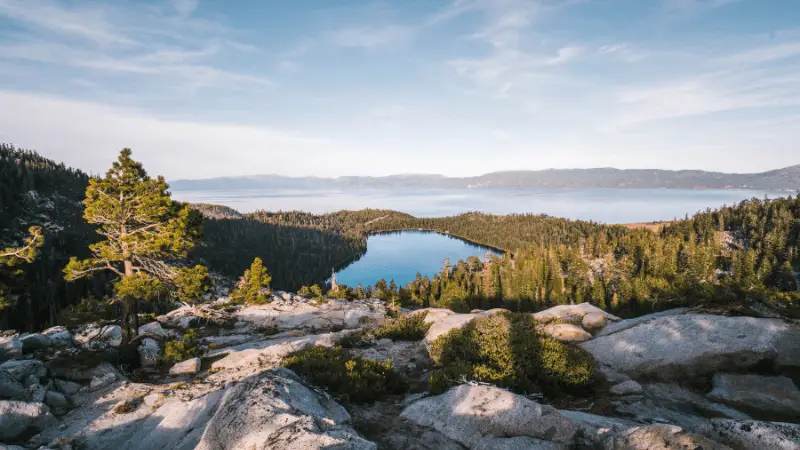
Lake Tahoe
Lake Tahoe is not only a natural wonder, it’s an American treasure. It’s hard to imagine a lake more captivating. When Mark Twain first saw it, he declared it “the fairest picture the whole earth affords.” It’s famed for its crystal-clear water, size (at 22 miles long and 12 miles wide, it’s the largest alpine lake in North America), and depth (the deepest point is 1,645 feet). In fact, Lake Tahoe contains enough water to cover the entire state of California to a depth of 15 inches. Surrounded by the imperious peaks of the Sierra Nevada, its waters soak up the colors of the sky and the mountains, creating a kaleidoscope of sparkling blues, greens, and purples — a sight that will lure you back year after year.
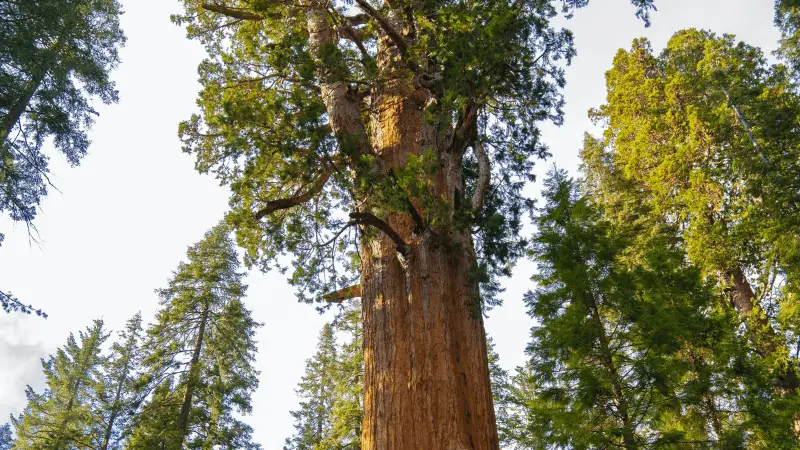
General Sherman Tree, Sequoia National Park
The second-oldest national park in the U.S., Sequoia National Park was created in 1890 to conserve the 75 groves of Giant Sequoias that reside here, particularly the General Sherman Tree, the largest living tree in the world and arguably the largest living THING on earth. How big you ask? Its circumference at its base is 109 feet, its largest branches are almost 7 feet thick, and each year it grows enough wood to make a 60-foot-tall tree of normal dimensions. It also happens to be the tallest Giant Sequoia tree in the world, at a height of about 275 feet, and is believed to be between 2,300 and 2,700 years old (ponder that one). Like walking across the Golden Gate Bridge, beholding the General Sherman in all its massive glory is just one of those things you need to do at least once in your life.

Mount Whitney
At 14,505 feet, Mount Whitney is the highest summit in the Lower 48 states, and was named after the American geologist Josiah Whitney, chief of the California Geological Survey. Along with the General Sherman Tree, it’s one of the highlights of Sequoia National Park, a land of alpine lakes, deep canyons, and towering granite peaks. Unlike Mount Shasta, it doesn’t take any special equipment to summit Mount Whitney, just a lot of stamina. In fact, almost half the people who attempt the 22 mile-round-trip, including those who camp partway up, don’t reach the summit. Weather, altitude, and fatigue can stop even the most prepared hiking party, but the reward for summiting is a view you’ll never forget.
Looking for more things to do in the area?
Visit our What to Do in Northern California page!
